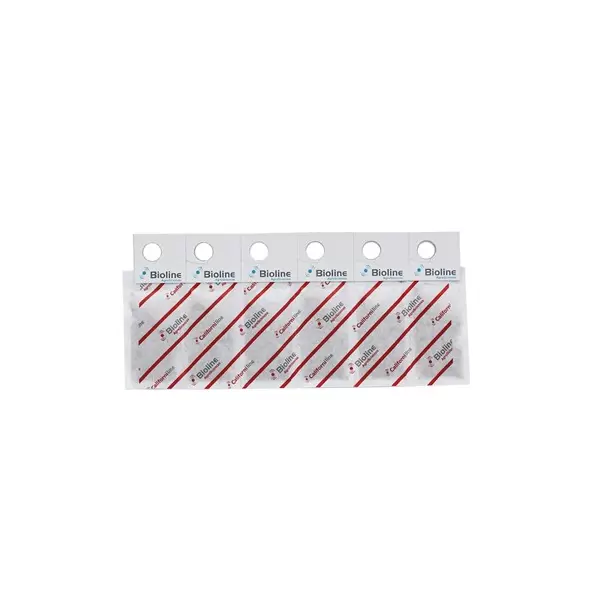SELL MOREWITH GROWCYCLE
Join as a seller and connect with thousands of B2B buyers nationwide!
Ask our AI assistant Lucy about Amblyseius californicus 200 mini sachets w/hooks ( Spider Mite )


Join as a seller and connect with thousands of B2B buyers nationwide!
Sign Up
No reviews found
My Account
Our team is always here to help.
We are open Monday - Friday, 9:00 AM to 4:30 PM PST.
AI responses may not be accurate, and don't reflect Growcycle's views. Humans may review chats to improve quality


